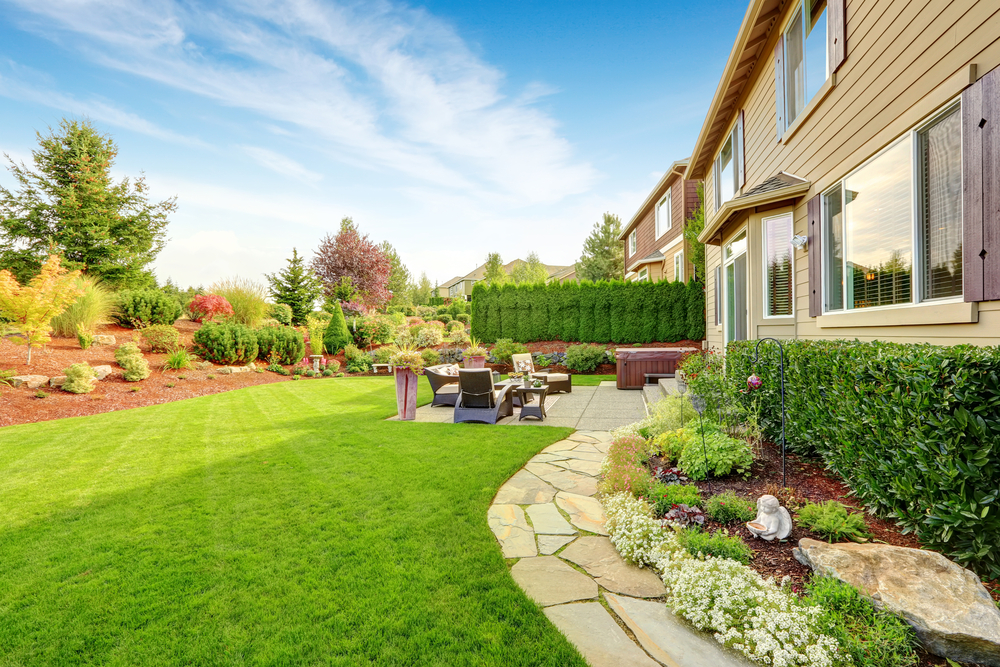How to Showcase a Property’s Best Features Through Photography and Editing

In the competitive world of real estate, showcasing a property effectively can make all the difference in attracting potential buyers or renters. One of the most powerful tools at your disposal is photography. High-quality images can highlight the best features of a property, create a strong first impression, and ultimately drive interest. This article explores how to leverage photography and editing techniques to effectively showcase a property’s best features.
Importance of Professional Photography in Real Estate
In the digital age, the first encounter many potential buyers have with a property is through online listings. Images are the gateway to generating interest and setting expectations. Professional real estate photography is essential for capturing a property in its best light—literally and figuratively. High-resolution images taken with professional equipment can make spaces appear larger, brighter, and more inviting than they may appear in person.
Capturing the Essence of the Property
Effective real estate photography goes beyond simply documenting rooms. It aims to convey the lifestyle and atmosphere potential buyers can expect. Wide-angle lenses can make rooms appear more spacious and give a comprehensive view of each space. Lighting is crucial; natural light enhances warmth and vibrancy, while strategic use of artificial light can illuminate darker corners and highlight architectural details.
Showcasing Key Features
Every property has unique selling points—whether it’s a gourmet kitchen, a spacious backyard, or stunning architectural details. A skilled real estate photographer knows how to emphasize these features. Close-up shots of intricate moldings, sweeping views from balconies, or cozy fireplaces can evoke emotion and appeal to potential buyers’ desires for a comfortable and luxurious living space.
The Role of Editing in Real Estate Photography
While photography captures the essence of a property, editing enhances its appeal. Professional editing can correct minor imperfections, adjust lighting and colors, and ensure the images are visually engaging. The goal is not to mislead but to present the property in the best possible way, accurately reflecting its potential.
Enhancing Visual Appeal
Editing techniques such as color correction, exposure adjustments, and perspective correction can transform raw images into polished photographs. Brightening shadows, enhancing colors, and straightening lines contribute to a clean and professional look. Balancing these enhancements with maintaining a natural appearance is key to building trust with potential buyers.
Creating a Consistent Brand Image
Consistency in photography style and editing across listings contributes to a cohesive brand image for real estate professionals. Establishing a recognizable visual identity can help build trust and credibility with clients and prospective buyers. Consistent quality in images signals professionalism and attention to detail, reinforcing the perceived value of the properties being marketed.
Tips for Effective Real Estate Photography
Successful real estate photography requires more than just technical skills—it involves understanding the property’s unique features and effectively communicating its potential. Here are some practical tips to achieve compelling real estate photographs:
1. Plan Ahead
Before picking up a camera, assess the property. Identify its standout features and plan how to showcase them through photography. Consider the best time of day for natural light and prepare each room to highlight its strengths.
2. Use the Right Equipment
Invest in quality equipment, including a DSLR camera with a wide-angle lens and a tripod. These tools allow for sharp, well-composed images and ensure consistency across different properties.
3. Focus on Composition
Pay attention to composition by framing shots thoughtfully. Capture angles that emphasize space and flow, leading potential buyers through the property logically. Straighten lines and avoid overly distorted perspectives to maintain realism.
4. Highlight Details
Details matter in real estate photography. Capture close-ups of unique architectural elements, luxurious finishes, or practical amenities that add value to the property. These shots can evoke an emotional response and set your listings apart.
5. Edit Thoughtfully
After capturing photos, dedicate time to editing. Use software like Adobe Lightroom or Photoshop to enhance colors, correct lighting, and ensure consistency. Aim for a natural look that accurately represents the property while maximizing its appeal.
Conclusion
Effective real estate photography and editing are powerful tools for showcasing a property’s best features. By investing in professional photography and employing skilled editing techniques, real estate professionals in St. Cloud, MN, can attract more interest, differentiate their listings, and ultimately achieve successful sales. Remember, high-quality images not only capture attention but also convey the value and potential of a property, making them a crucial component of any real estate marketing strategy.
Need a Real Estate Photo Editor in St. Cloud, MN?
Welcome to PixNevel, your premier destination for HDR image enhancement and day-to-dusk virtual staging. We specialize in transforming ordinary photos into stunning, high-quality visuals that capture attention and elevate any space. Our expert team uses and coaches advanced HDR techniques to enhance image clarity, color, and detail, making your property or product stand out. Additionally, our day-to-dusk photo editing and virtual staging services create captivating twilight scenes, adding warmth and allure to your listings. Contact us today to learn more about what we can do for you.
